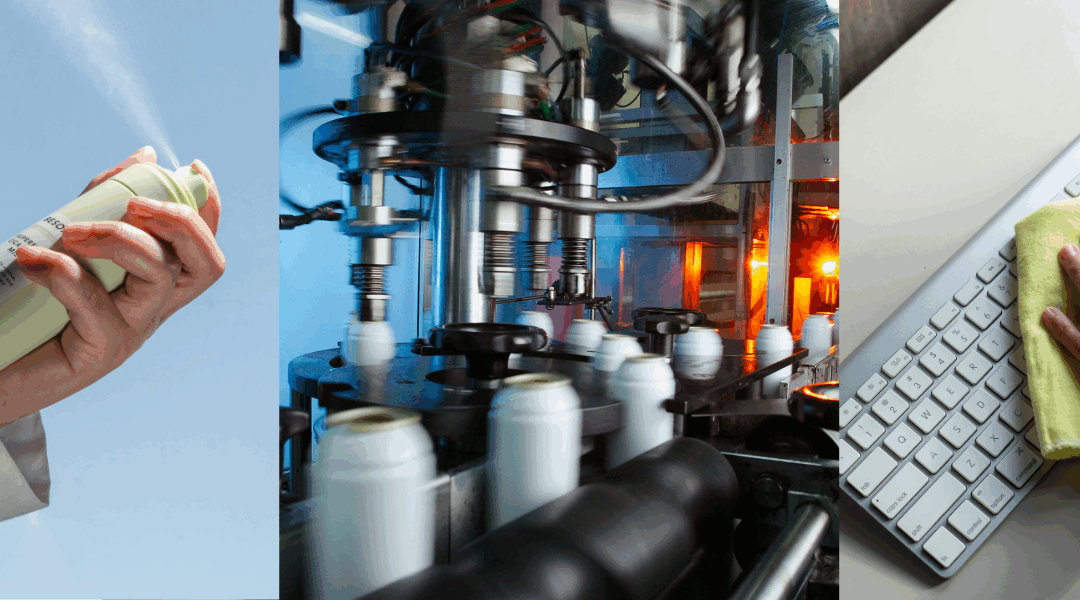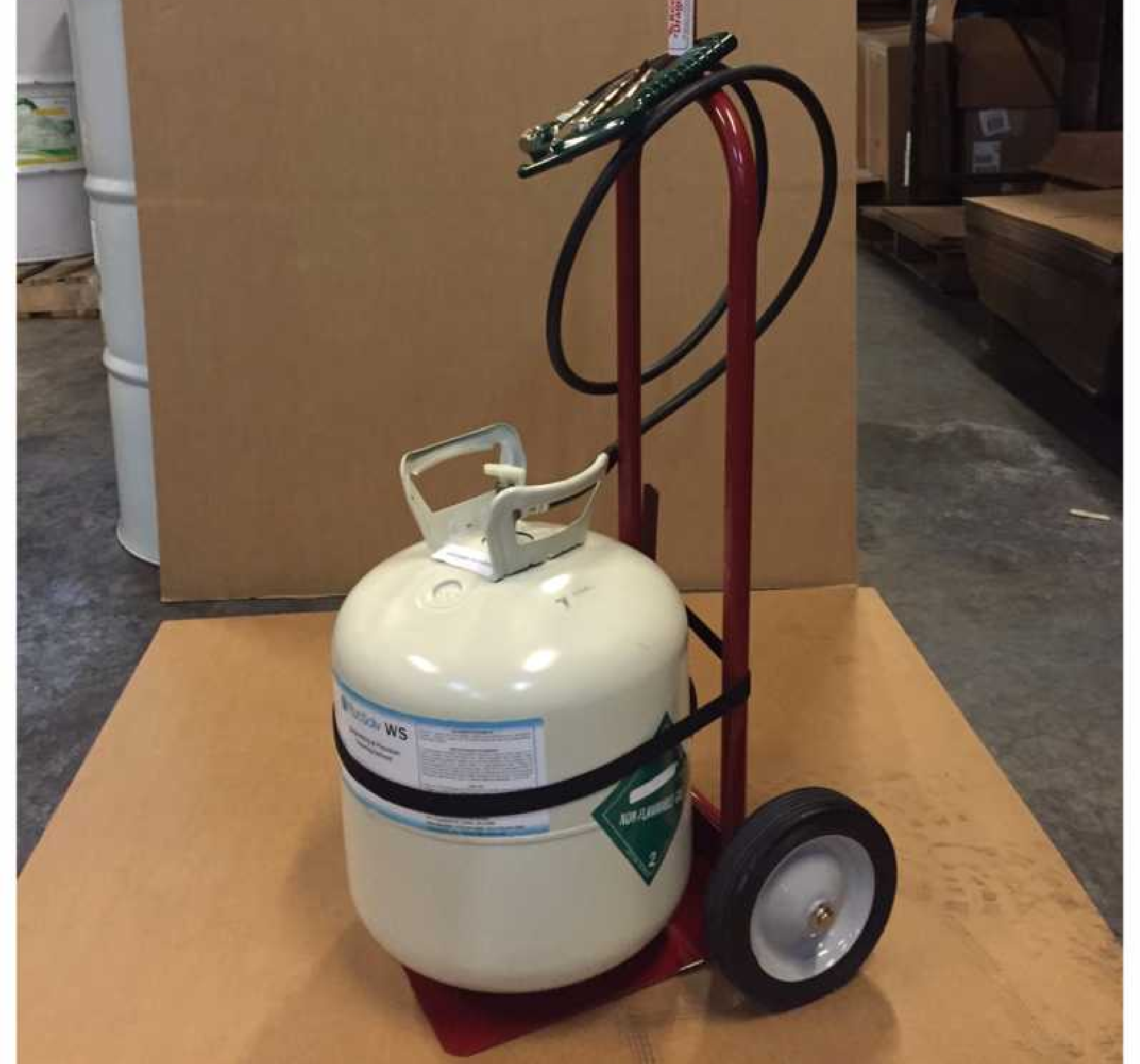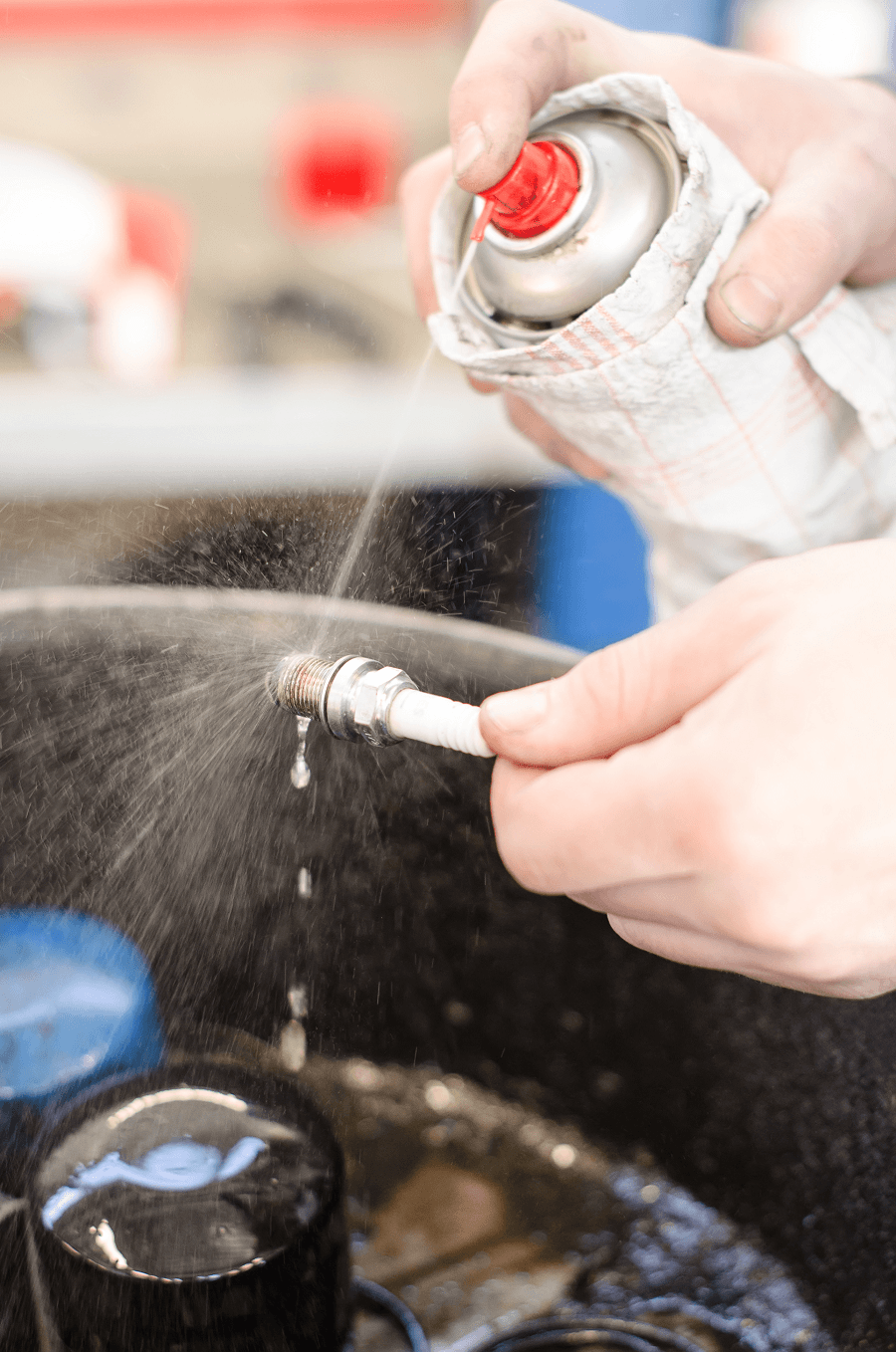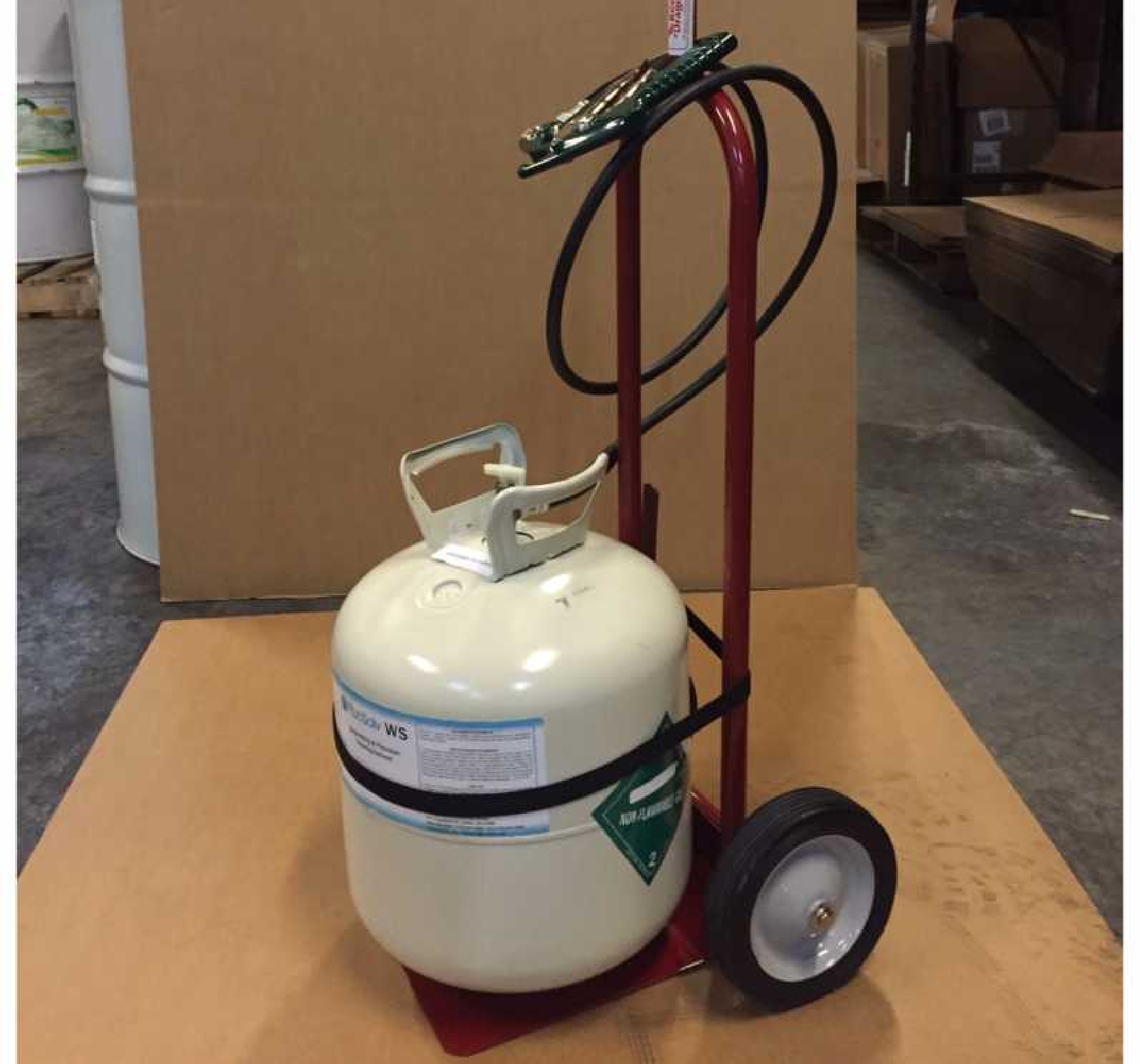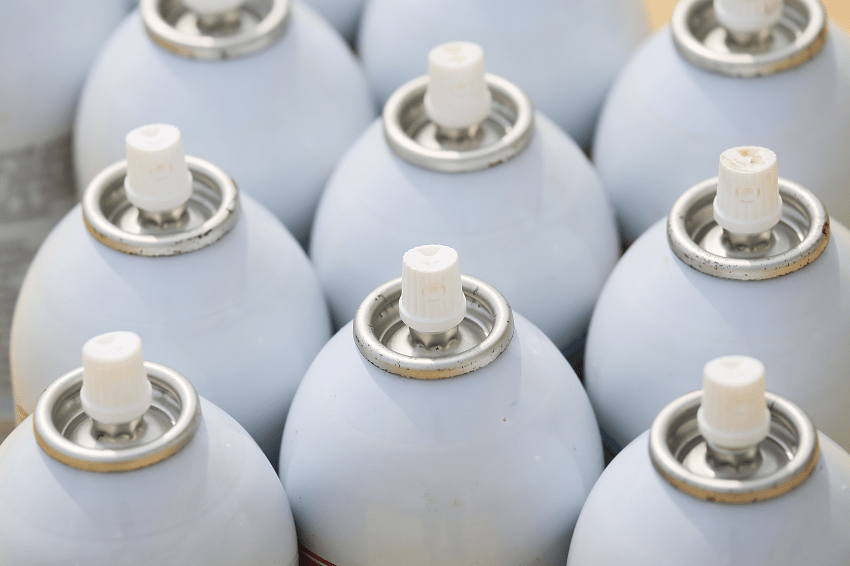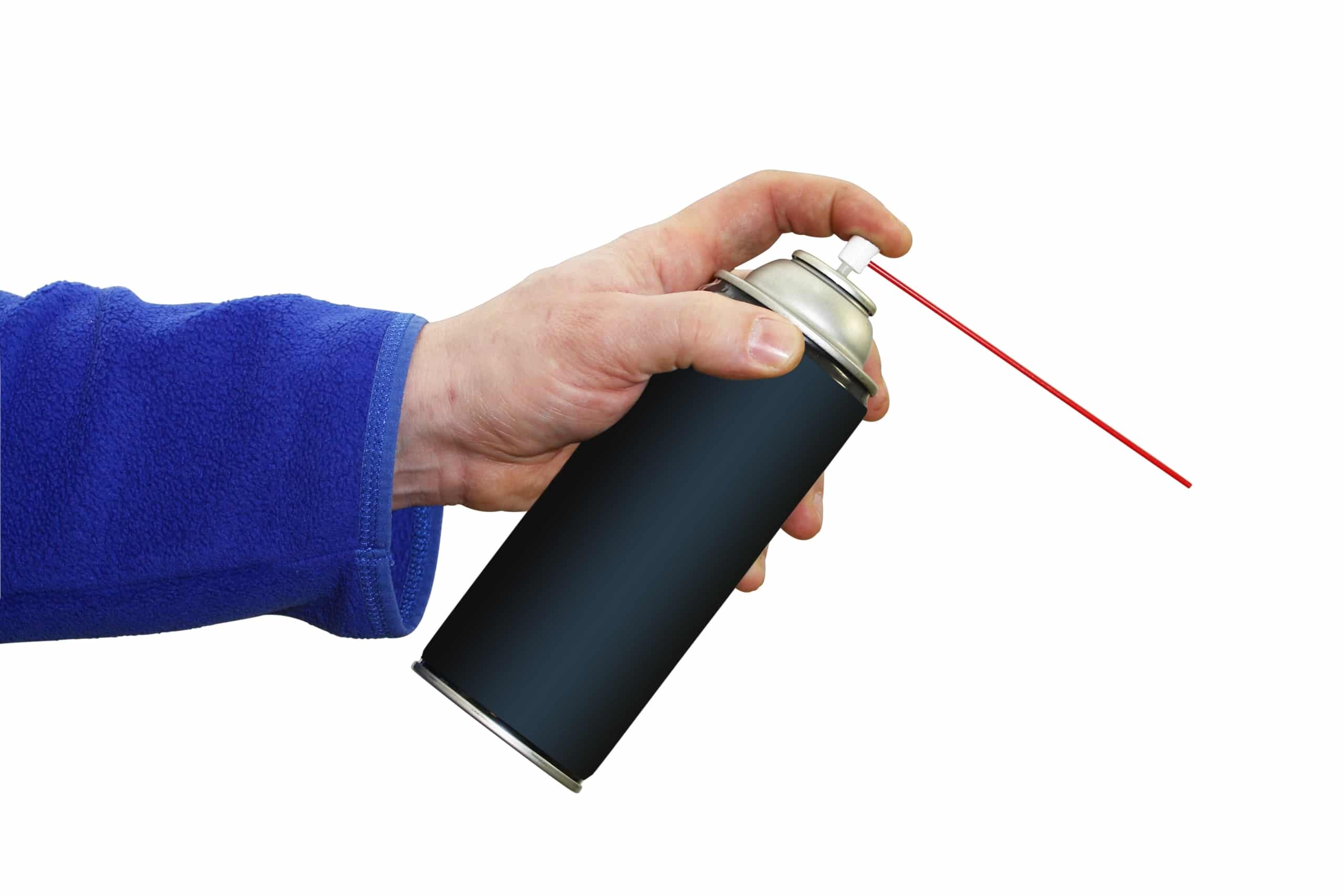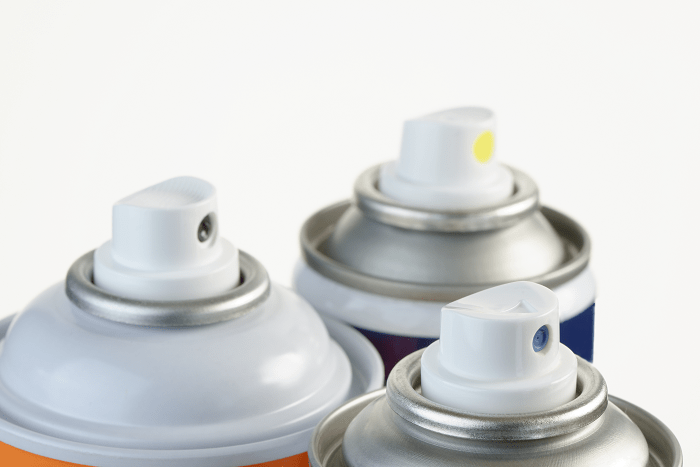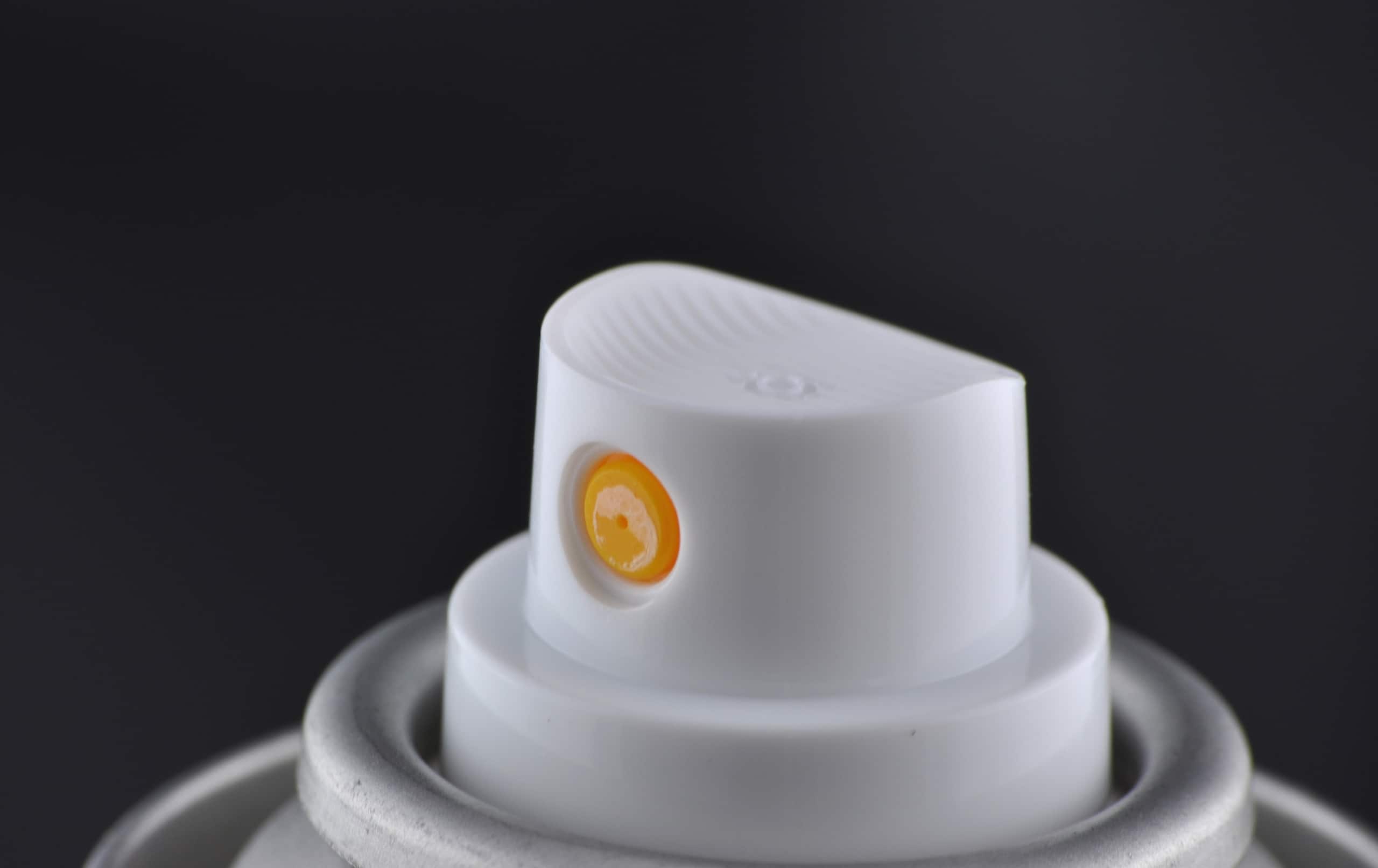Not sure what household aerosols are? Should you avoid them all together? In this blog post, we’re going to do a deep dive into aerosols, providing you definitions, examples, and dangers associated with popular household cleaning products. Read on to learn more...
